
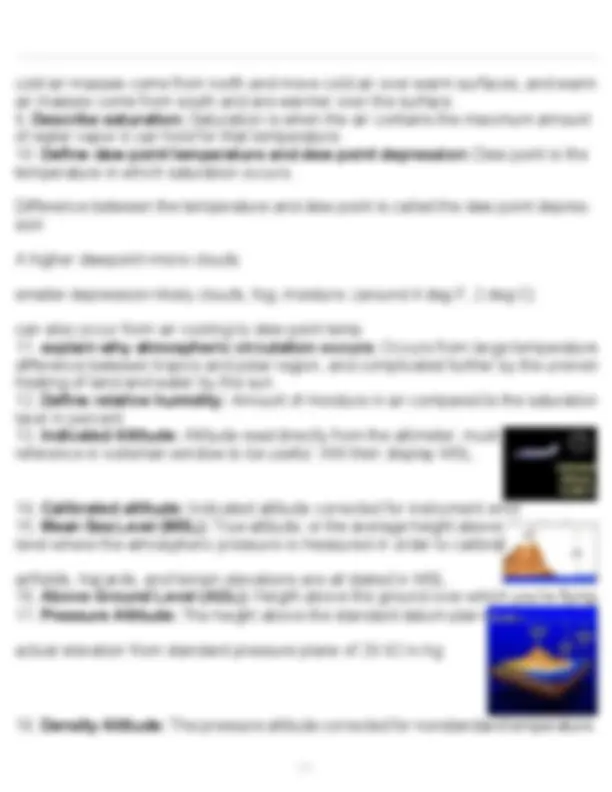
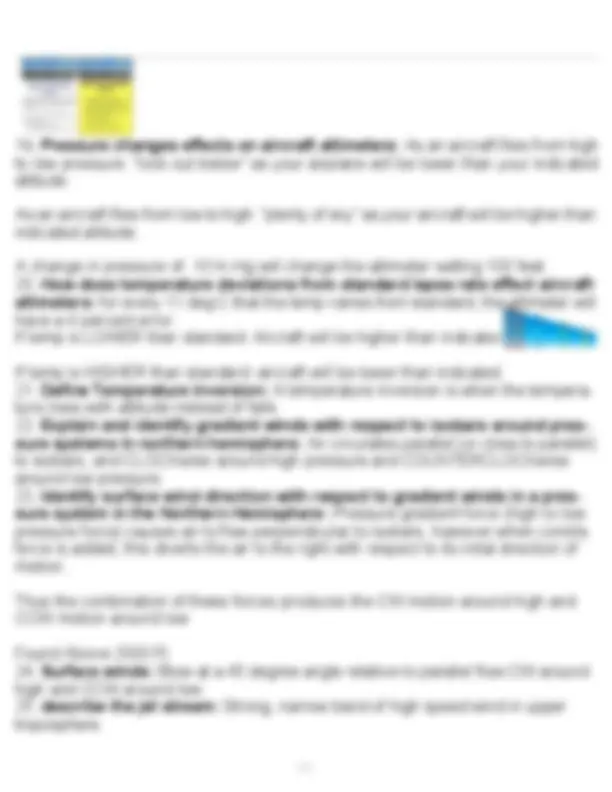
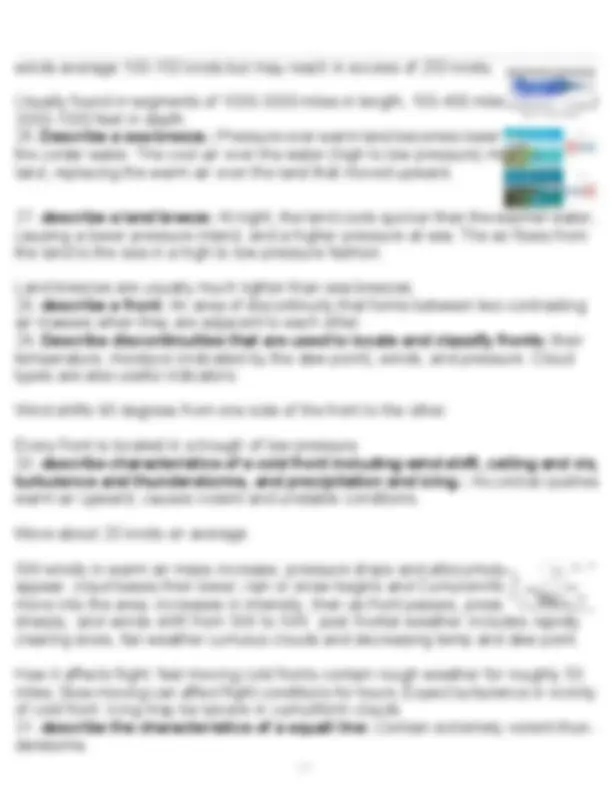
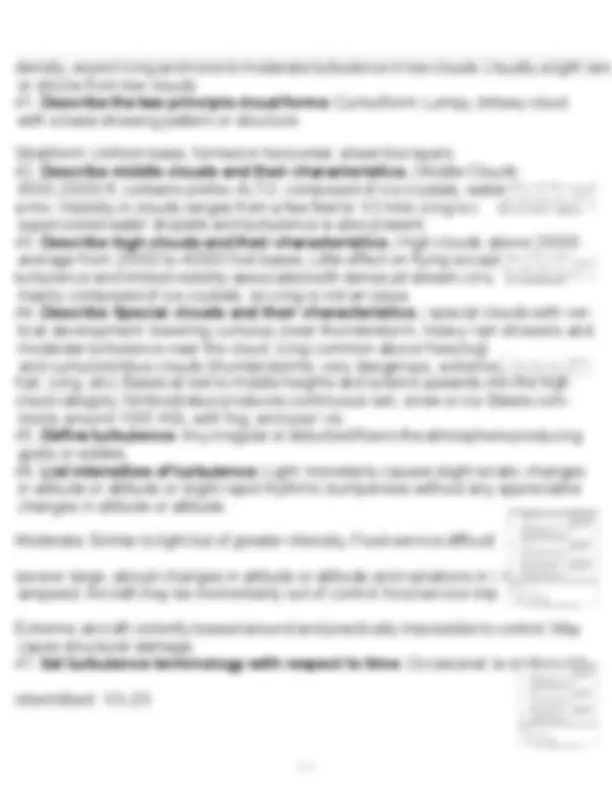
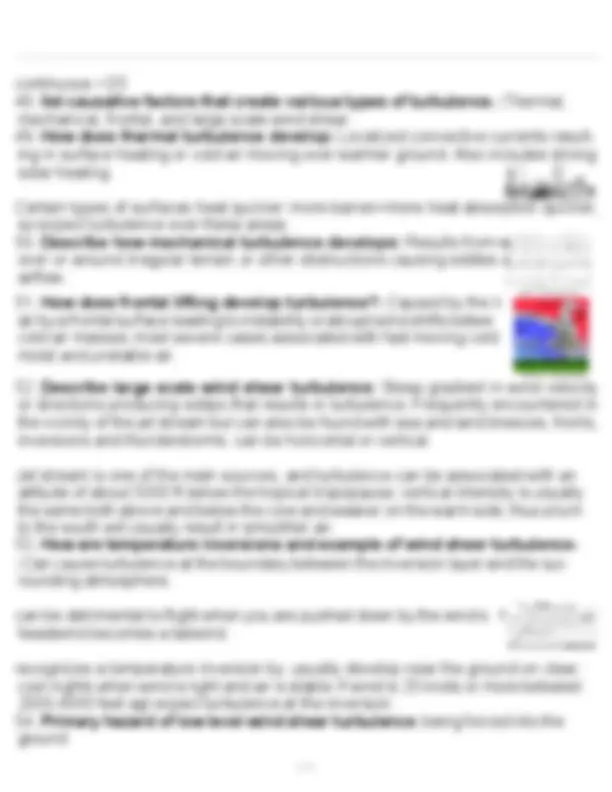
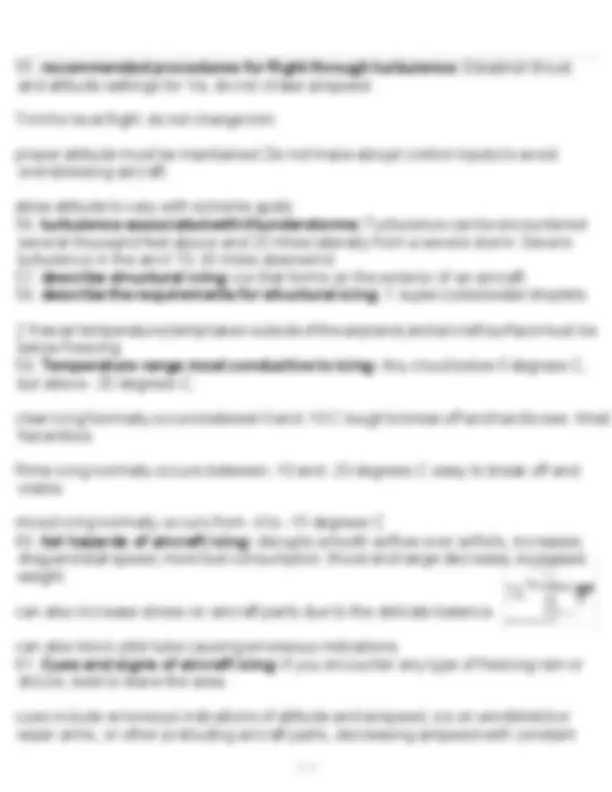
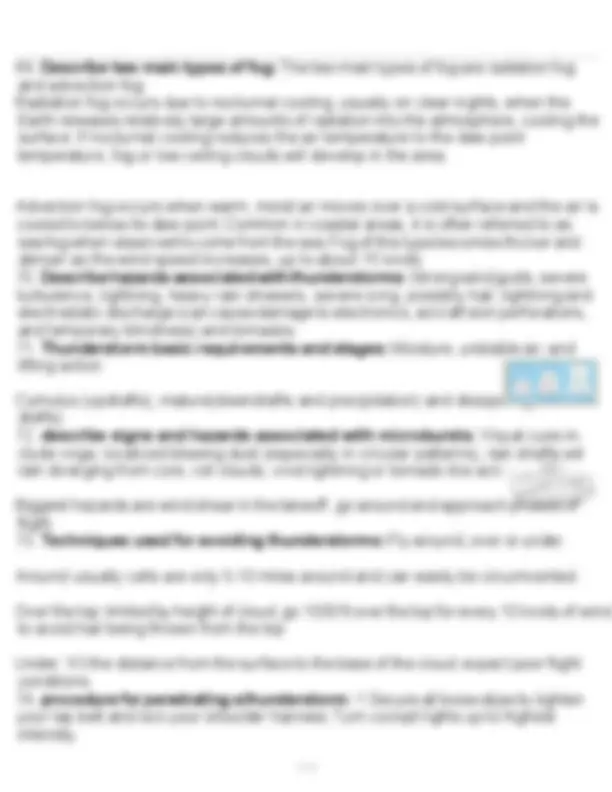
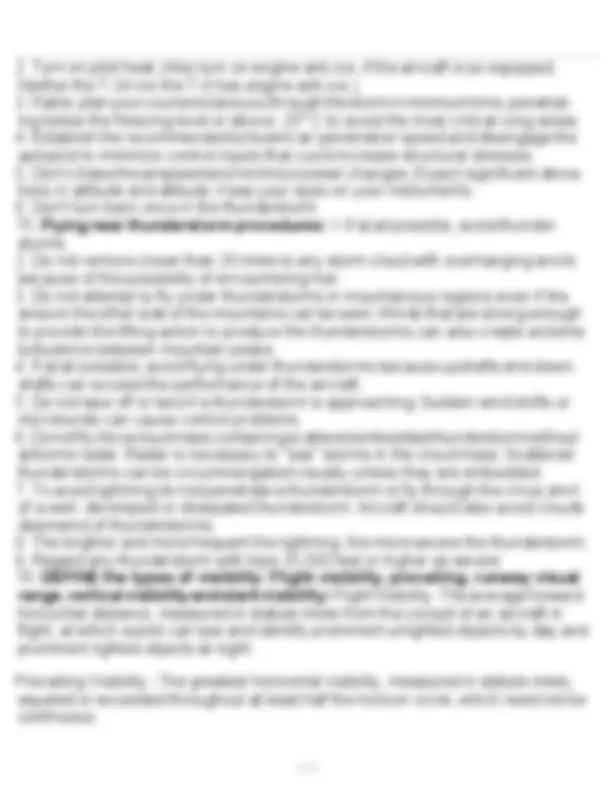
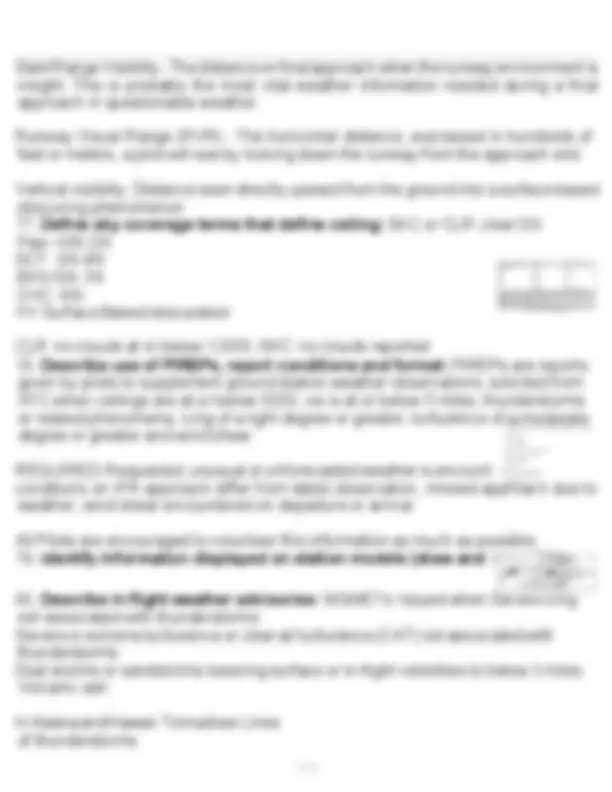
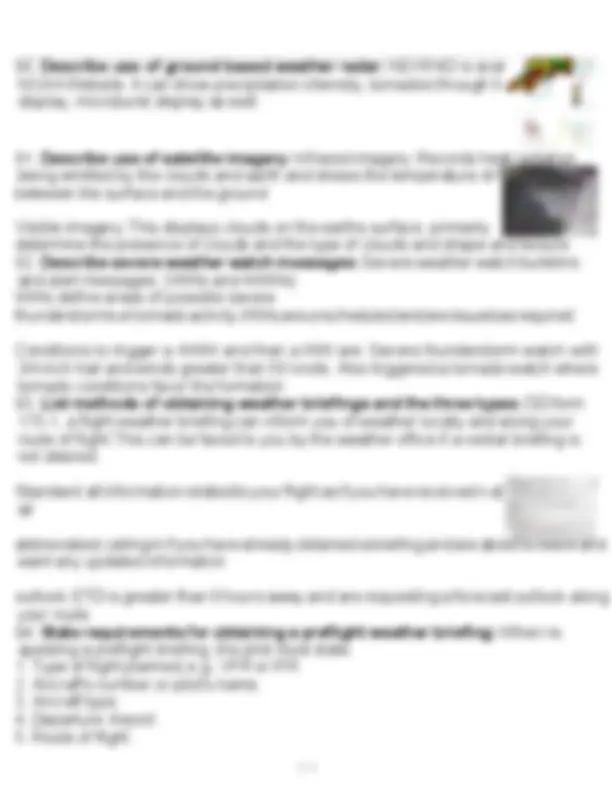



Study with the several resources on Docsity

Earn points by helping other students or get them with a premium plan


Prepare for your exams
Study with the several resources on Docsity

Earn points to download
Earn points by helping other students or get them with a premium plan
Community
Ask the community for help and clear up your study doubts
Discover the best universities in your country according to Docsity users
Free resources
Download our free guides on studying techniques, anxiety management strategies, and thesis advice from Docsity tutors
NIFE WEATHER ELOS EXAM QUESTIONS AND ANSWERS WELL ILLUSTRATED.NIFE WEATHER ELOS EXAM QUESTIONS AND ANSWERS WELL ILLUSTRATED.NIFE WEATHER ELOS EXAM QUESTIONS AND ANSWERS WELL ILLUSTRATED.NIFE WEATHER ELOS EXAM QUESTIONS AND ANSWERS WELL ILLUSTRATED.NIFE WEATHER ELOS EXAM QUESTIONS AND ANSWERS WELL ILLUSTRATED.
Typology: Exercises
1 / 19

This page cannot be seen from the preview
Don't miss anything!












1 / 19 here.
2 / 19 subtracting the standard lapse rate.
4 / 19 d.
5 / 19 es in width and than that over oves over the us clouds bus clouds sure rises winds average 100 - 150 knots but may reach in excess of 250 knots. Usually found in segments of 1000 - 3000 miles in length, 100 - 400 mil 3000 - 7000 feet in depth.
tability: c- ature cwhile decreasing e cair cupwards. ity cto cthe cincrease d Weather cdepends con cthe cdirection cyou capproach. cif cyou capproach cfrom cthe cwarm cfront cside, cyou cwill cencounter cwarm cfront cweather cand cwind cshift, cif cyou capproach cfrom cthe ccold cfront cside cyou cwill cencounter ccold cfront cweather.
dropletscand common cdue cto moderate cs cclouds. turbulence, . ndicated cossible. ss cthan c1/ density, cexpect cicing cand cnone cto cmoderate cturbulence cin clow cclouds.cUsually ca clight crain cor cdrizzle cfrom clow cclouds
power cand caltitude, cand cice cdetector cannunciation. on crotor, cserious cvibration, closs cof cefficiency cor ccontrol, cand creduced cRPMs.
ating(down- ivity.
weather, hecvalidctime cathered cto urfacecanalysis cs, cpressure hey ccan chether ca cweathercfor Ice con cthe Embedded cthunderstorms Hail cgreater cthan cor cequal cto c3/4 cinch cin cdiameter
ith ca c 5 CB=nimbuscclouds cWS= cwindshear Icing cgroup cbegins cwith ca c6, cnext cdigit cis ctype cof cicing, cnext cthree cis cthe cbase cheight cof cicing cstratum, clast cdigit cis cthickness Turbulence cgroups cbegin cwith ca c 5 cand cfollow cthe csame crules cas cicing. cQNH cindicates csea clevel cpressure cis cgiven Civilian cstations csometimes cforecast cprobable cweather Civilian cand cmilitary cdifferences:cSM cinstead cof cmeters, ccivilian cstations cinclude cdate cand ctime cgroup cof ctransmission, cmilitary cstations cinclude camendments cat cend cof cforecast, cand ccivilian cstations cinclude cprobability CAVOK:cclear cair, cvis cunlimited cused cinternationally.
f cflight cand